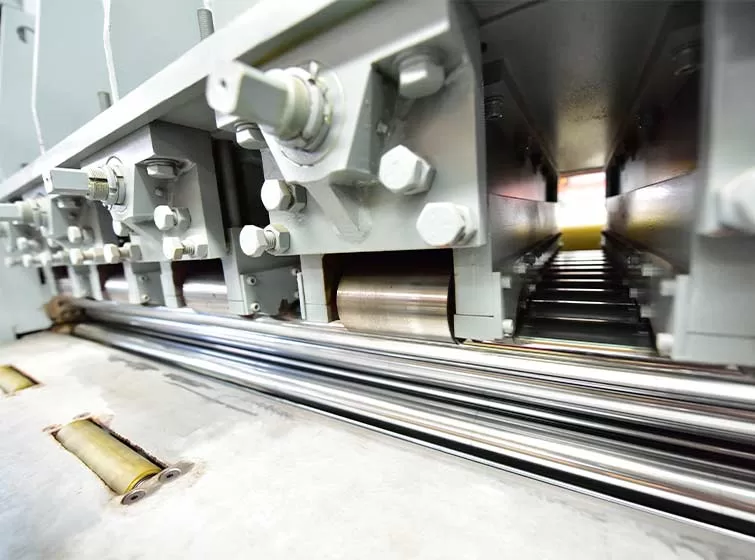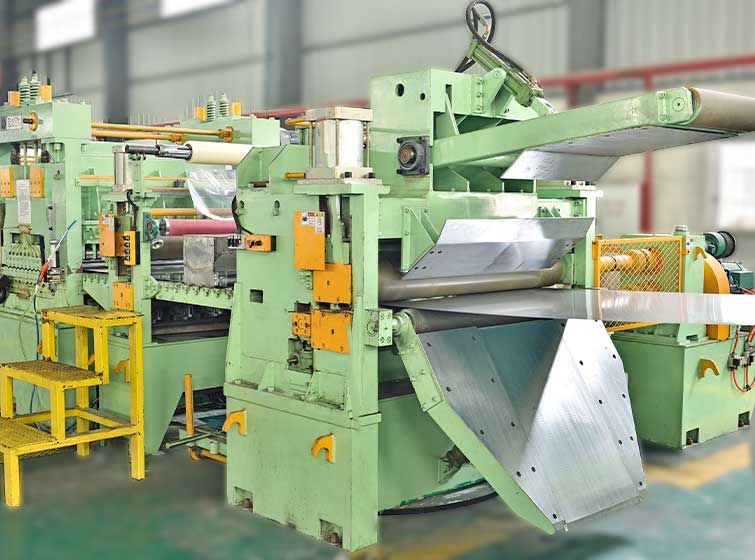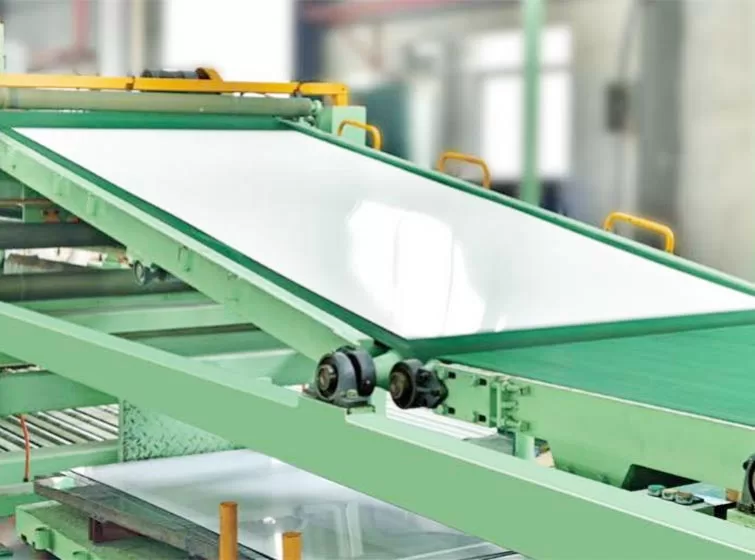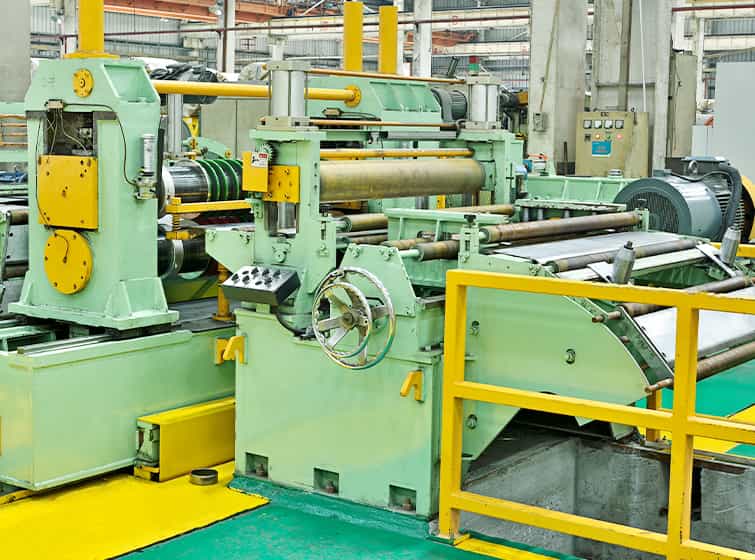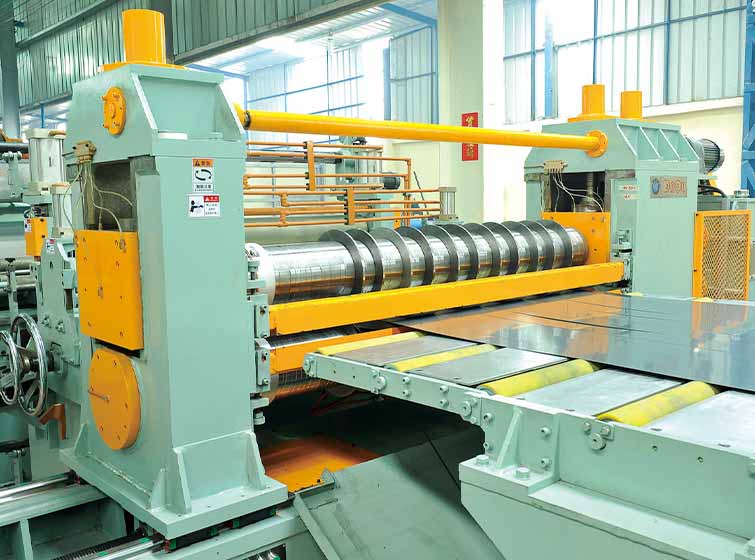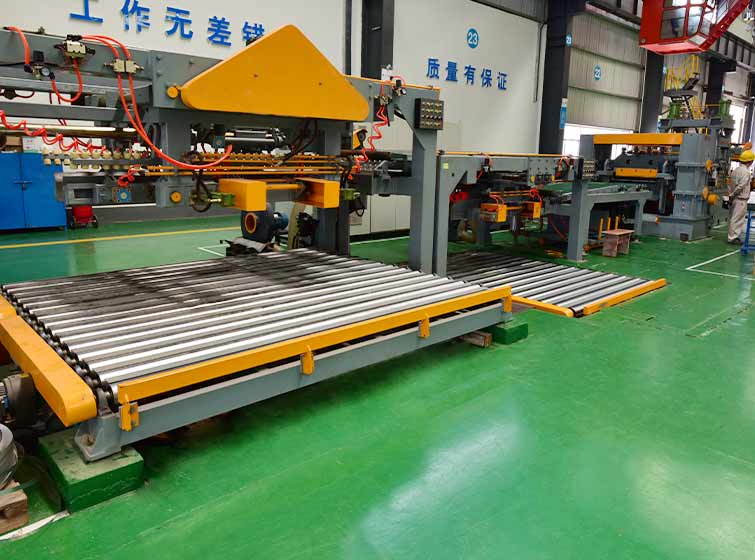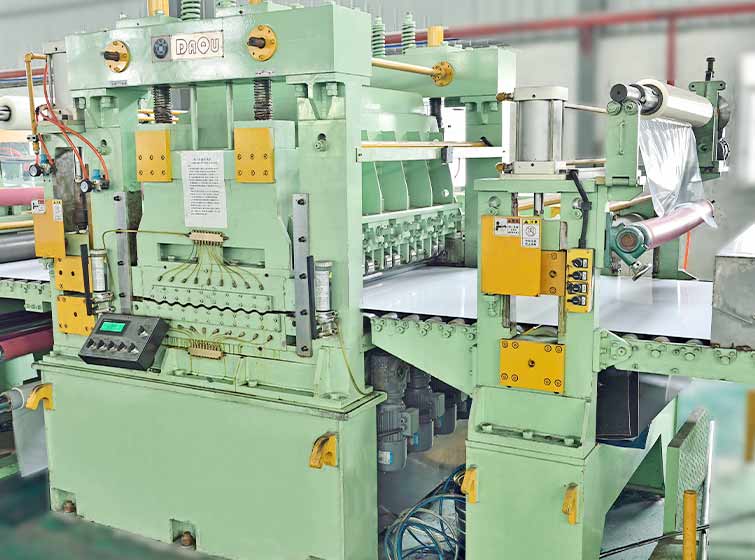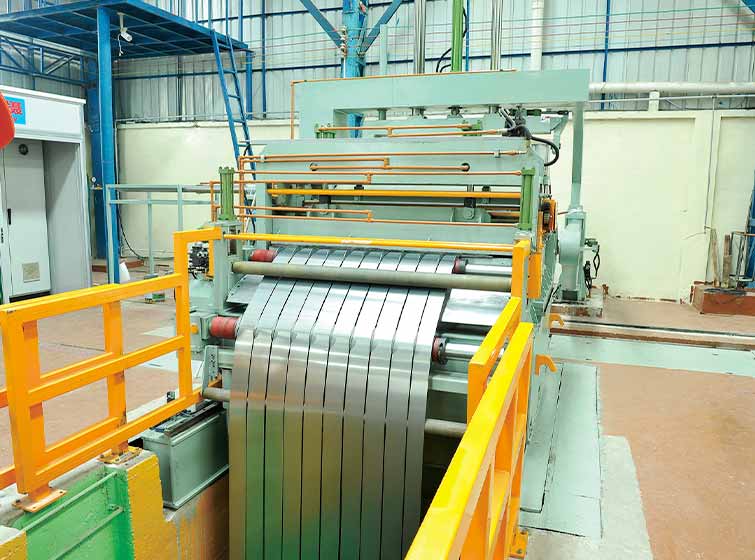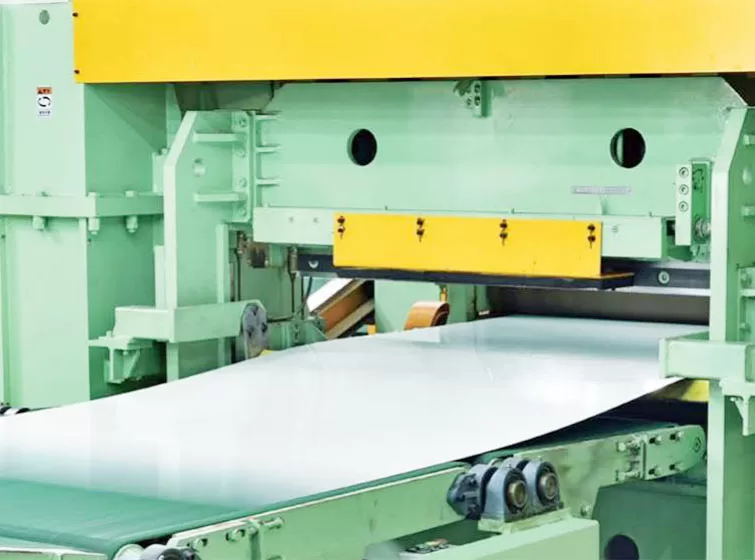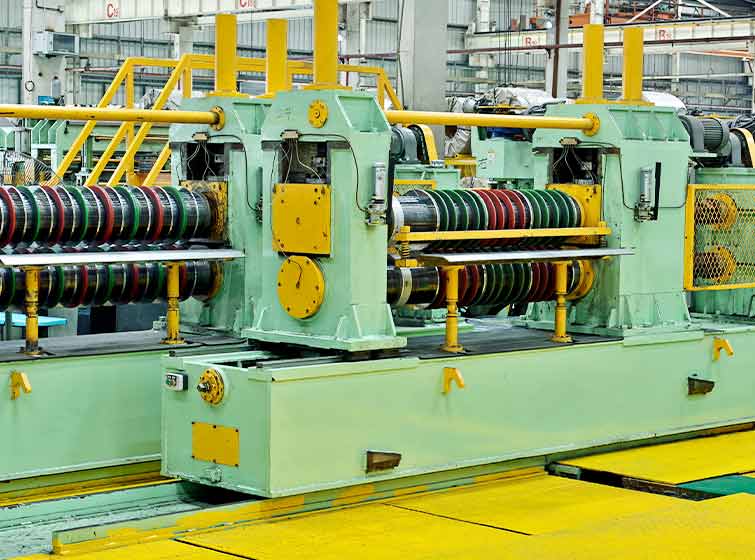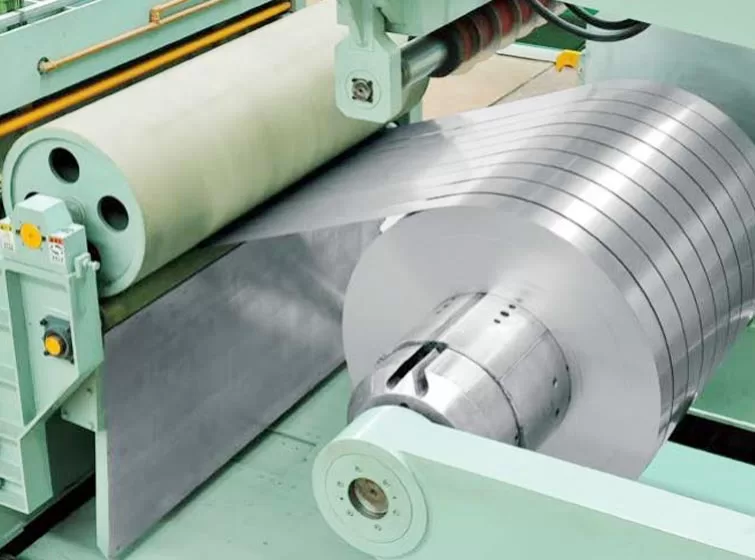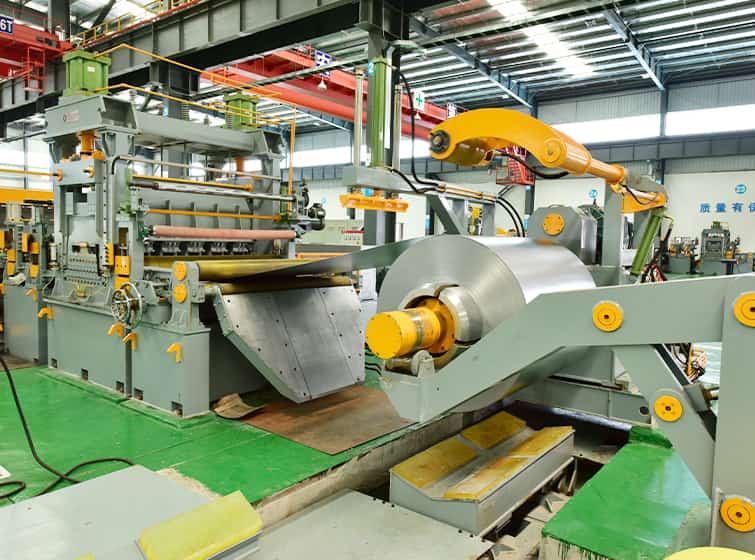Products
Understanding the Technical Specifications of Metal Cut-to-Length Lines
In the realm of metal processing, cut-to-length lines play a crucial role in transforming raw metal coils into precise lengths tailored to specific production requirements. Understanding the technical specifications of these machines is vital for optimizing performance, maximizing efficiency, and ensuring product quality. This article delves into the key aspects of metal cut-to-length lines, empowering readers with the necessary knowledge to make informed decisions.
Machine Type
Cut-to-length lines come in various types, each designed for specific applications. Rotary shear lines feature a rotating blade that shears the metal, while flying shear lines use multiple shear blades to achieve high-speed cutting. Slitting lines specialize in cutting wide coils into narrower strips. Understanding the different types helps in choosing the machine that best suits production needs.
Coil Handling Equipment
The coil handling system plays a vital role in ensuring smooth operation and accurate cutting. Decoilers and recoilers uncoil and rewind the metal coil, while coil cars transport it to and from the line. Proper coil handling prevents damage to the metal and facilitates uninterrupted production.
Cutting System
The heart of the cut-to-length line is the cutting system. Shear blades must be selected based on the material being cut, thickness, and desired finish. Precision measurement systems ensure accurate cut lengths and minimize scrap. Advances in technology have led to innovative cutting systems, such as laser cutters and plasma cutters.
Length Measurement
Precise length measurement is essential to meet production requirements. Cut-to-length lines utilize encoders, laser sensors, or other measurement devices to determine the exact length of each cut. Advanced measurement systems enable high-speed cutting with minimal tolerance deviations.
Control System
The control system orchestrates the entire line’s operation. Programmable logic controllers (PLCs) receive operator commands and control the movement of the equipment. Human-machine interfaces (HMIs) provide operators with a user-friendly platform for monitoring and adjusting the line.
Safety Features
Safety is paramount in metalworking environments. Cut-to-length lines incorporate safety features such as emergency stops, guards, and interlocks to prevent accidents and protect personnel. Compliance with industry standards ensures a safe working environment.
Additional Considerations
Other important factors to consider include the line speed, material capacity, and maintenance requirements. Matching the line’s capabilities to production demands optimizes productivity and minimizes downtime. Regular maintenance ensures the line operates at peak performance and extends its service life.
Understanding the technical specifications of metal cut-to-length lines empowers decision-makers with the knowledge to select the right equipment for their specific applications. By carefully considering the machine type, coil handling, cutting system, length measurement, control system, safety features, and additional considerations, manufacturers can optimize line efficiency, improve product quality, and maximize return on investment.
